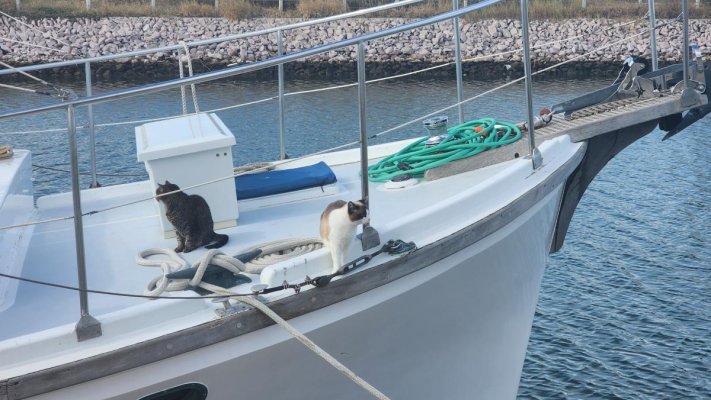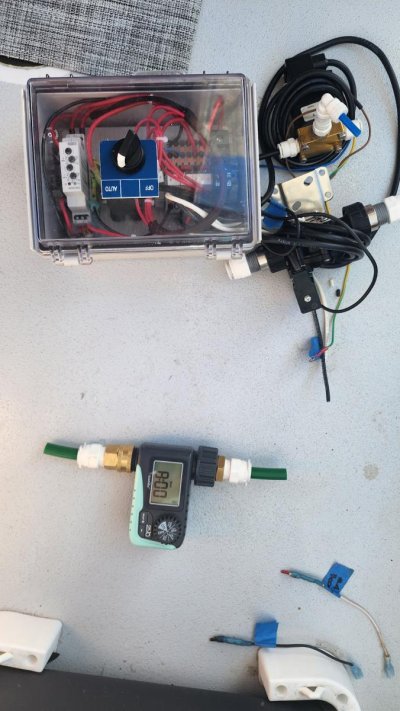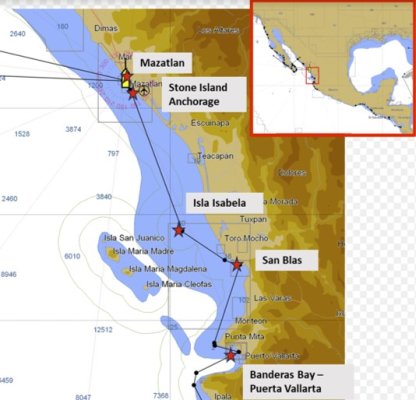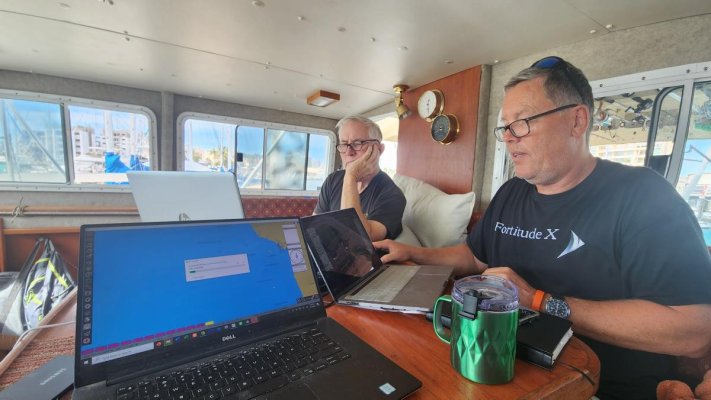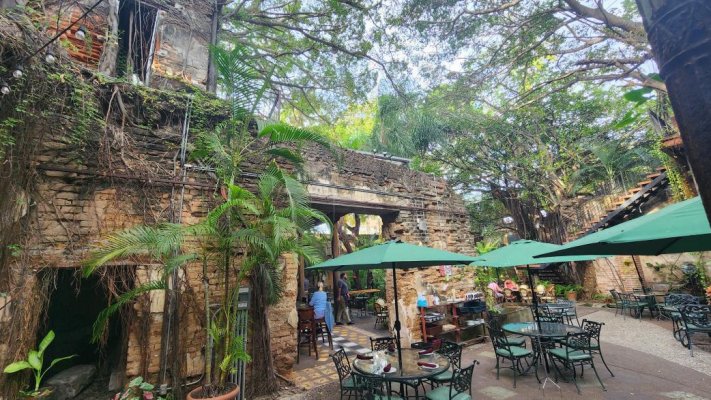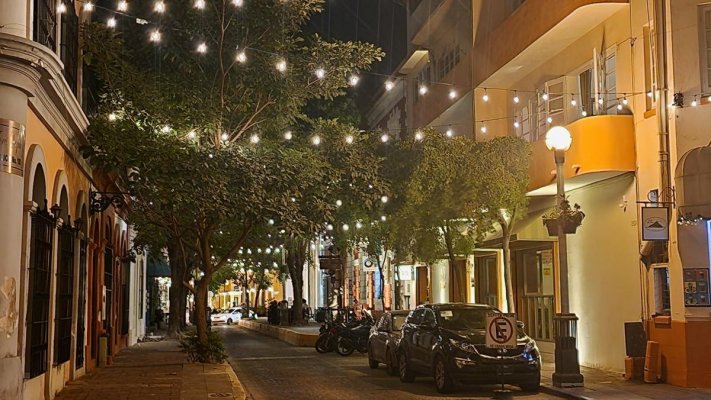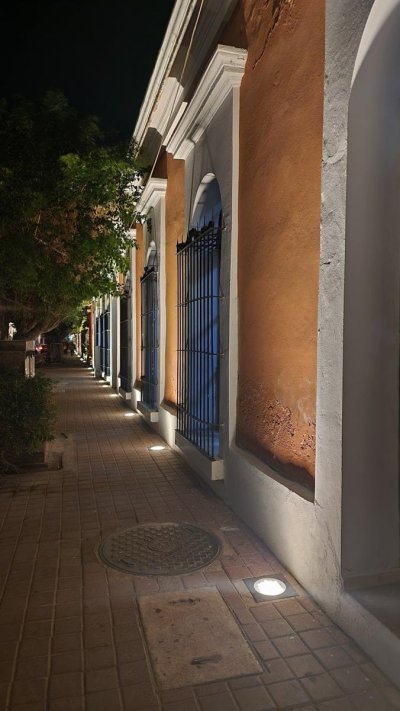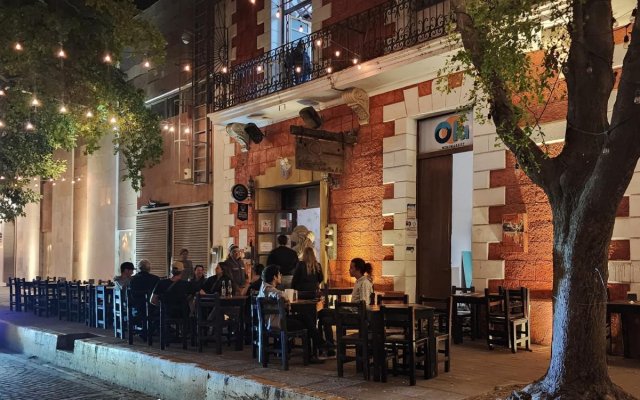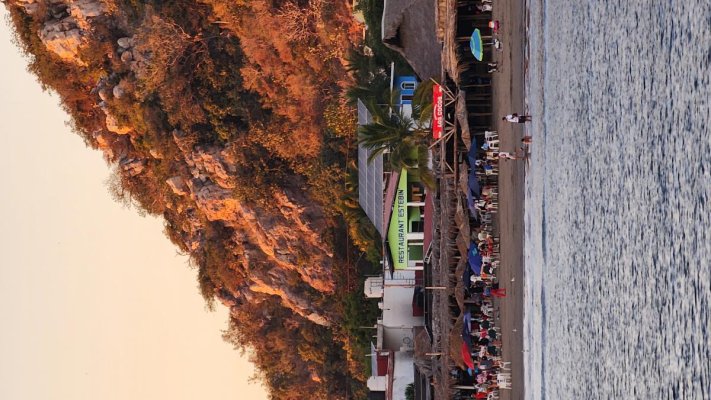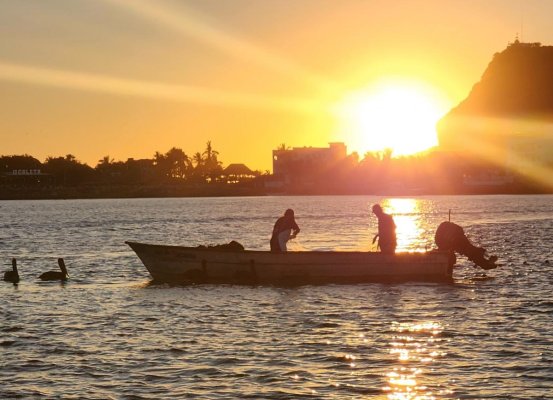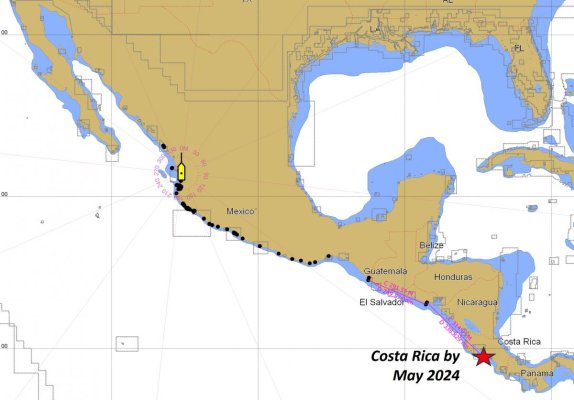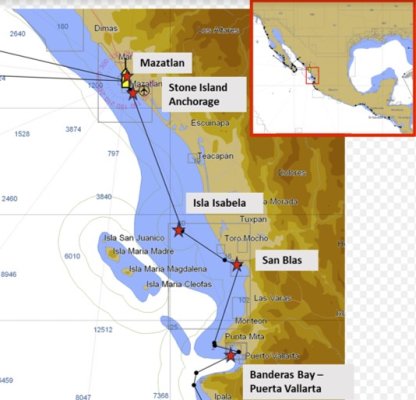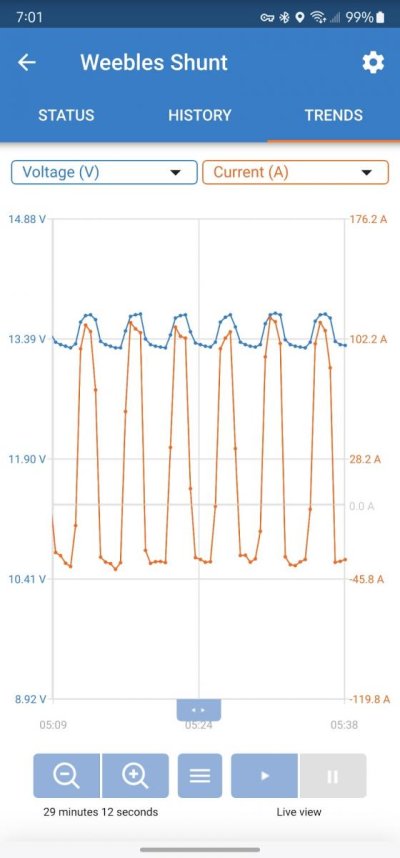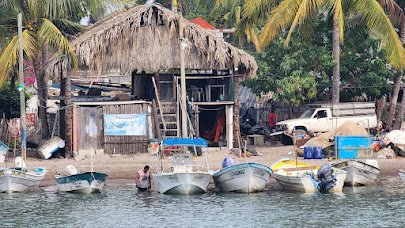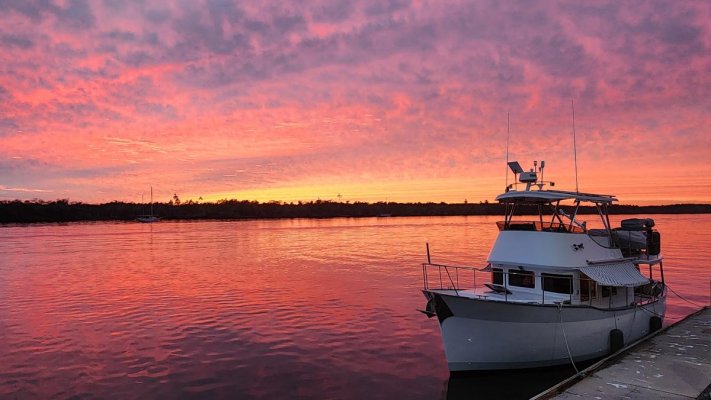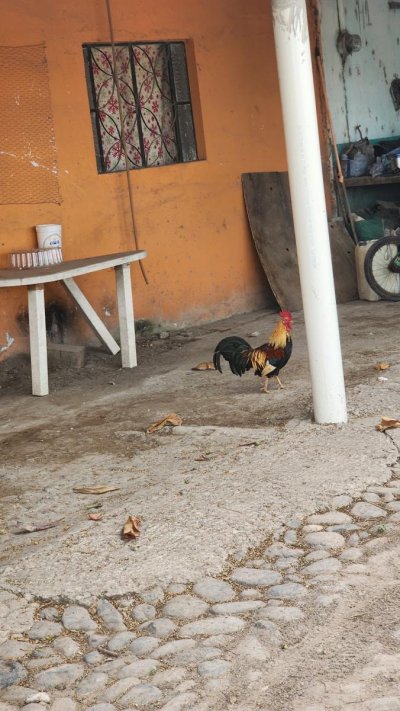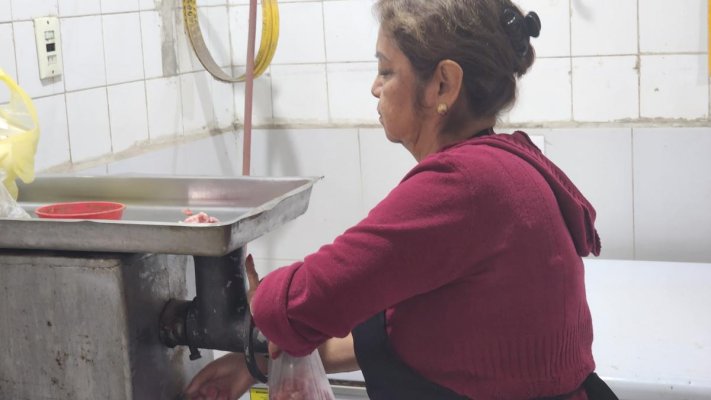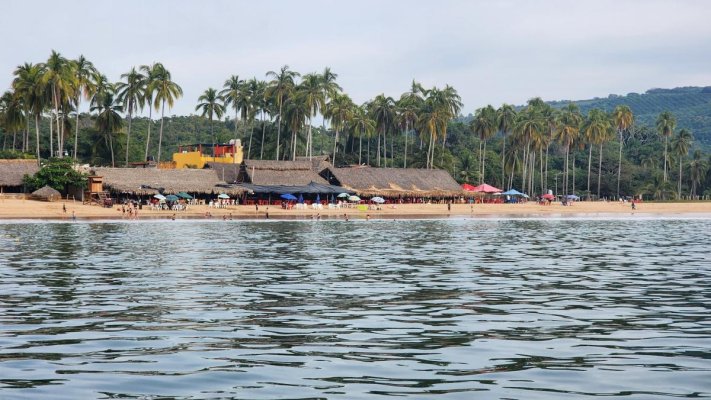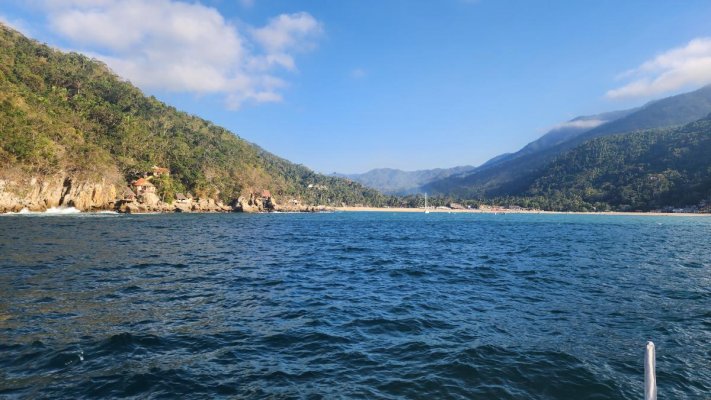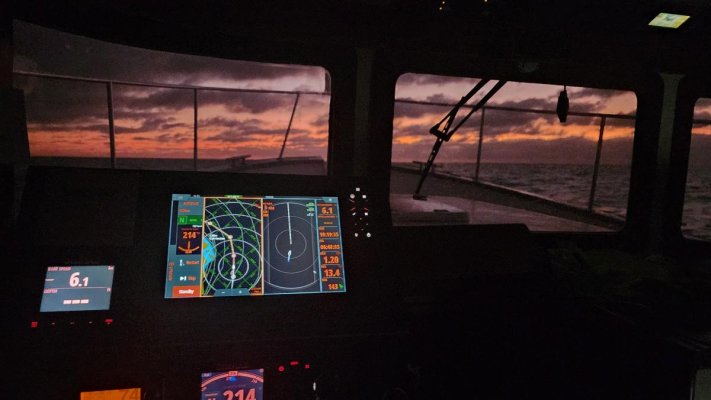mvweebles
Guru
- Joined
- Mar 21, 2019
- Messages
- 7,299
- Location
- United States
- Vessel Name
- Weebles
- Vessel Make
- 1970 Willard 36 Trawler
Engine Maintenance and D6YC
Engine maintenance - changed the oil (~250 hours) and general engine maintenance. I had a small weep where the vented loop connects to the exhaust manifold; and another out the weep-hole on the Jabsco raw water pump on my Perkins 4.236 diesel. I have a new Jabsco pump as a spare that I decided to use since I do not have the lip-seal that was leaking. On a lark, I decided to see if "Rafa," a local mechanic could help.
Scot/Slowgoesit mentioned finding the right guy is paramount - and it's so true. Turns out Rafa is a solid mechanic and is very familiar with Perkins' engines, including have a decent selection of parts on his shelf. So he was able to rebuild my old pump including new bearings, seal, impellor, and gaskets for around $175 USD. I met Rafa when I first arrived in Mazatlan 6-weeks ago - I hired him to replace a bilge pump hose that really needed a jockey-sized technician which he happens to have on his team. He's not exactly cheap ($65/hr for him and his helper), but straightforward and competent. I'd use him again in a heartbeat.
BEFORE rebuild of Jabsco Raw Water Pump (note rust at weep slot)
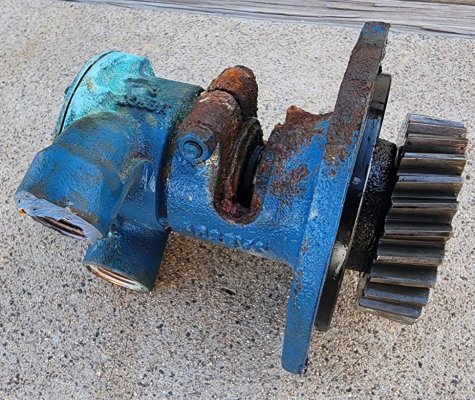
AFTER rebuild of Jabsco Raw Water Pump. Pump was ready about 5-hours after I dropped it off, which is amazing.
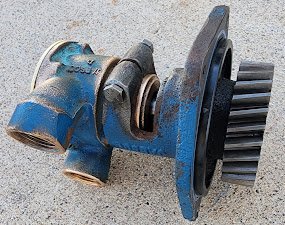
Rafa's shop is in a boatyard next to the marina. One of his guys is re-caulking this beautiful little 30-footer that a friend of his built in High School 40+ years ago. The bottom looks clean and sound. No rot whatsoever.
Cool boat:
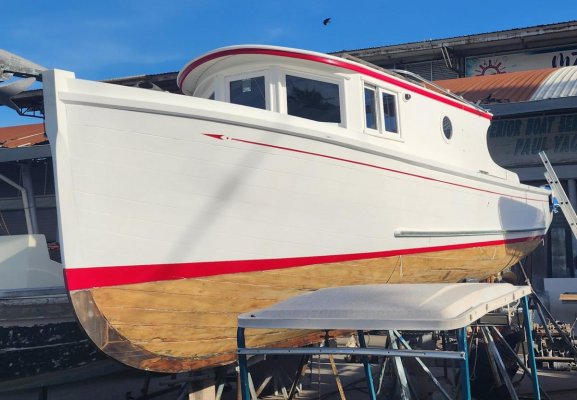
Marina Mazatlan is a social place. Each afternoon at 4pm is a 'safety meeting' at D6YC (Dock 6 Yacht Club). Don and Lena who are in their mid-80s (seated mid-row on left, in matching denim shirts), have lived aboard in Mazatlan for over 25-years, though have been active in boats for all their lives. When they were raising their children, they starting hosting a quick cocktail hour for dock neighbors but rather than tell their kids they were having a drink, they told them there was a mandatory safety meeting. Old habits die hard. For the record, I have not seen anyone have more than a second drink/beer, and have yet to witness anyone being the least bit over-served.
Safety Meeting at D6YC:
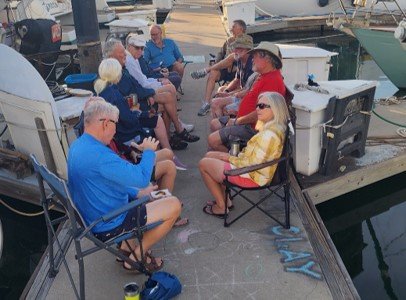
Most of the people in the above picture are just passing through as cruisers. The folks at the far end have been cruising aboard their Amel Super Maramu for 10-years and are getting ready to sell their boat and on to their next adventure.
All in all, a pretty typical day in our life these days - boat repairs, nap in the afternoon, some socializing.
Peter
Engine maintenance - changed the oil (~250 hours) and general engine maintenance. I had a small weep where the vented loop connects to the exhaust manifold; and another out the weep-hole on the Jabsco raw water pump on my Perkins 4.236 diesel. I have a new Jabsco pump as a spare that I decided to use since I do not have the lip-seal that was leaking. On a lark, I decided to see if "Rafa," a local mechanic could help.
Scot/Slowgoesit mentioned finding the right guy is paramount - and it's so true. Turns out Rafa is a solid mechanic and is very familiar with Perkins' engines, including have a decent selection of parts on his shelf. So he was able to rebuild my old pump including new bearings, seal, impellor, and gaskets for around $175 USD. I met Rafa when I first arrived in Mazatlan 6-weeks ago - I hired him to replace a bilge pump hose that really needed a jockey-sized technician which he happens to have on his team. He's not exactly cheap ($65/hr for him and his helper), but straightforward and competent. I'd use him again in a heartbeat.
BEFORE rebuild of Jabsco Raw Water Pump (note rust at weep slot)

AFTER rebuild of Jabsco Raw Water Pump. Pump was ready about 5-hours after I dropped it off, which is amazing.

Rafa's shop is in a boatyard next to the marina. One of his guys is re-caulking this beautiful little 30-footer that a friend of his built in High School 40+ years ago. The bottom looks clean and sound. No rot whatsoever.
Cool boat:

Marina Mazatlan is a social place. Each afternoon at 4pm is a 'safety meeting' at D6YC (Dock 6 Yacht Club). Don and Lena who are in their mid-80s (seated mid-row on left, in matching denim shirts), have lived aboard in Mazatlan for over 25-years, though have been active in boats for all their lives. When they were raising their children, they starting hosting a quick cocktail hour for dock neighbors but rather than tell their kids they were having a drink, they told them there was a mandatory safety meeting. Old habits die hard. For the record, I have not seen anyone have more than a second drink/beer, and have yet to witness anyone being the least bit over-served.
Safety Meeting at D6YC:

Most of the people in the above picture are just passing through as cruisers. The folks at the far end have been cruising aboard their Amel Super Maramu for 10-years and are getting ready to sell their boat and on to their next adventure.
All in all, a pretty typical day in our life these days - boat repairs, nap in the afternoon, some socializing.
Peter

